 |
| Memoir "Street Fire" |
The memoir begins with the story of an American military vehicle running over and killing a Hue student and then fleeing, which sparked outrage among students and the people of Hue. From here, street protests demanding blood debt to be paid with blood took place. It started with the "American vehicle burning campaign" throughout Hue's inner city. From burning American vehicles, burning school military records, burning voter cards, the fire seemed to spread throughout the alleys, urging the people to join the crowd and take to the streets to fight. The singing of the shock art troupe echoed throughout the inner city, like a fresh wind fanning the flames of struggle of Hue's youth that were burning fiercely in their veins.
At the headquarters of the Hue Student Association - No. 22 Truong Dinh, it has become a "workshop for making petrol bombs" from bottles, soap, and rubber fibers. But the homemade "petrol bombs" have been directed towards the enemy by the hands of young men and women. The country is in turmoil due to the war, so the youth cannot stand on the sidelines of the war, sitting peacefully daydreaming in the lecture hall. They carry in their hearts the fire of youth with many aspirations and noble ideals.
Even teenagers and children joined the vibrant struggle movement in Hue city. Children who had not yet grown up became brave soldiers to protect the country. The image of 12 and 13 year old students holding banners marching on the streets, “their slogans were clear and cute, very touching to hear” or when they bravely “carried homemade petrol bombs and ran in small groups to raid the police patrol teams” remains forever engraved in the hearts of readers.
“Street Fire” is the seething flame of struggle of Hue students. Readers seem to be immersed in the vibrant and proud atmosphere of the young men and women on the streets of Hue. During those years, they enthusiastically took to the streets to fight despite the danger. Even though they were arrested, when sitting in the police jeep to the temporary prison, they still looked at each other with gentle smiles on their lips, reading in each other’s eyes the noble ideals of youth.
In “Street Fire”, Hue is no longer calm, quiet and ancient, but a bustling, bustling Hue, burning with the fire of fighting on the street front. Amidst the smoke and fire of war, it seems that people’s hearts are closer together. The people and compatriots have become one. Students, traders, and the people of the city took to the streets to fight despite the repression and arrest of the enemy. Because “Pain and death did not make Hue falter, prisons and bullets could not stop the patriotic movements of Hue from rising up… The strength of Hue has nurtured the souls of our youth. Hue has helped the young students of the South to endure hardship, to work hard, and to live a noble life for a noble ideal”.
Reading “Street Fire”, readers will encounter many impressive details. That is the image of a mother carrying a whole load of paper fans running after the protest group, giving each person one because she was worried “My head is going to hurt from the sun, my child!”. Or a female merchant carrying a large basket of lemons, scooping them up and throwing them at the crowd: “Suck it up, my child! Suck it up to quench your thirst and overthrow the Americans and Thieu”. When Can burned an American car and was discovered and chased, he jumped onto a motorbike taxi next to him. The motorbike taxi driver took Can as fast as he could through the intersections to the Student Union. Meanwhile, Can sat behind the motorbike, worried “What if this car of the “police” takes me back to the office?”. But luckily, Can “met family”. During those years, the people of Hue were united, standing side by side with the youth of Hue to write heroic stories.
Besides the heroic atmosphere, readers sometimes laugh heartily at the humorous details. That is the story when students wrote slogans and posters for the demonstration but refused to capitalize the word America, because "The Americans are evil, cruel, beautiful, and kind, why should we capitalize them?" That is when Minh went down to the street, threw stones at the back of a tall, strong field policeman, unexpectedly it was his own brother, and then was threatened by his brother: "Minh, do you know who this is? Come home and die with me" which made the witnesses laugh out loud. Readers also laughed with delight, but then felt sorry. The crimes of war are not far away, they exist in every Vietnamese family, a scene of bloodshed that the people have to endure every day.
I remember my daughter was extremely excited when following the struggle of the Hue students, especially the young students of 12, 13 years old but brave and courageous. They also took to the streets to fight, immersing themselves in the heroic atmosphere of the city and the nation. Perhaps that is why, after closing the memoir, she exclaimed with regret: "It was exciting but it's over, what a pity". The heroic fighting atmosphere of our ancestors, the indomitability and resilience of the previous generation permeated the heart of the 10-year-old child and remained forever in her heart with pride.
One evening, I drove my child across Huynh Thuc Khang Street. Dieu De Pagoda on the other side of the river lit up a corner of the street. She pointed to the river and told me that young students had once stopped a Jeep carrying secret police and set it on fire near the pagoda, Mom. That was a scene recorded by the poet Vo Que in “Street Fire”. We stopped the car. We heard the wind rustling on the Bodhi tree by the river. It seemed that the once vibrant atmosphere of struggle still echoed in the wind, rustling along the waves of the Perfume River.
Source


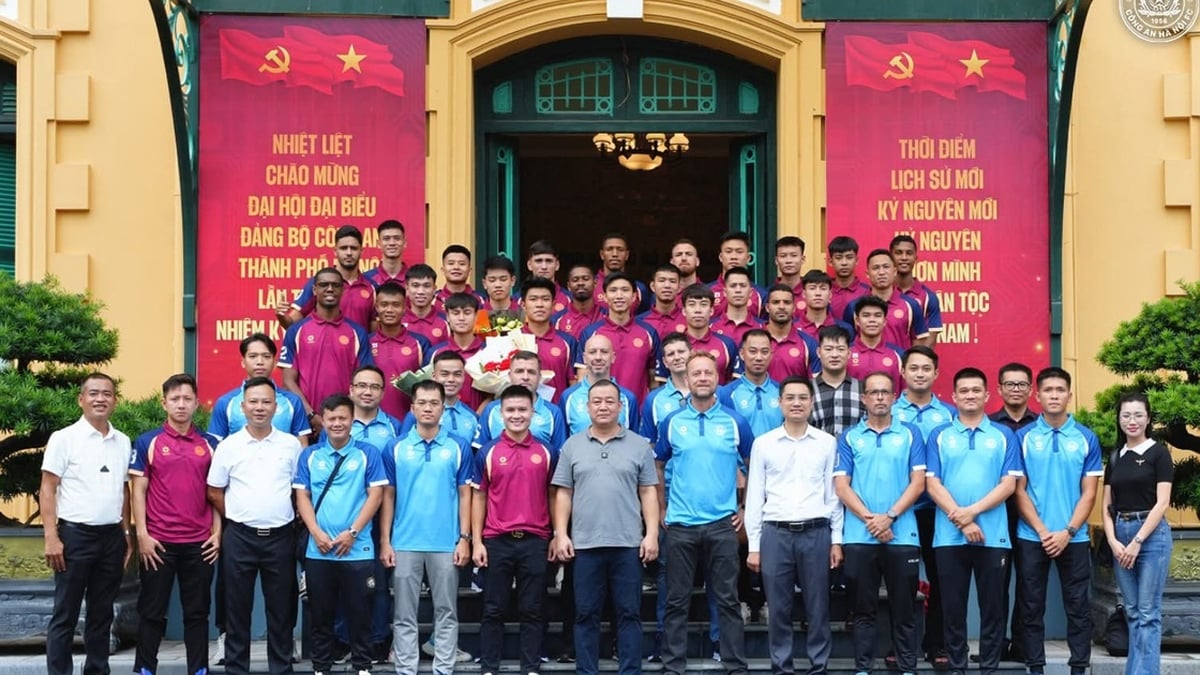
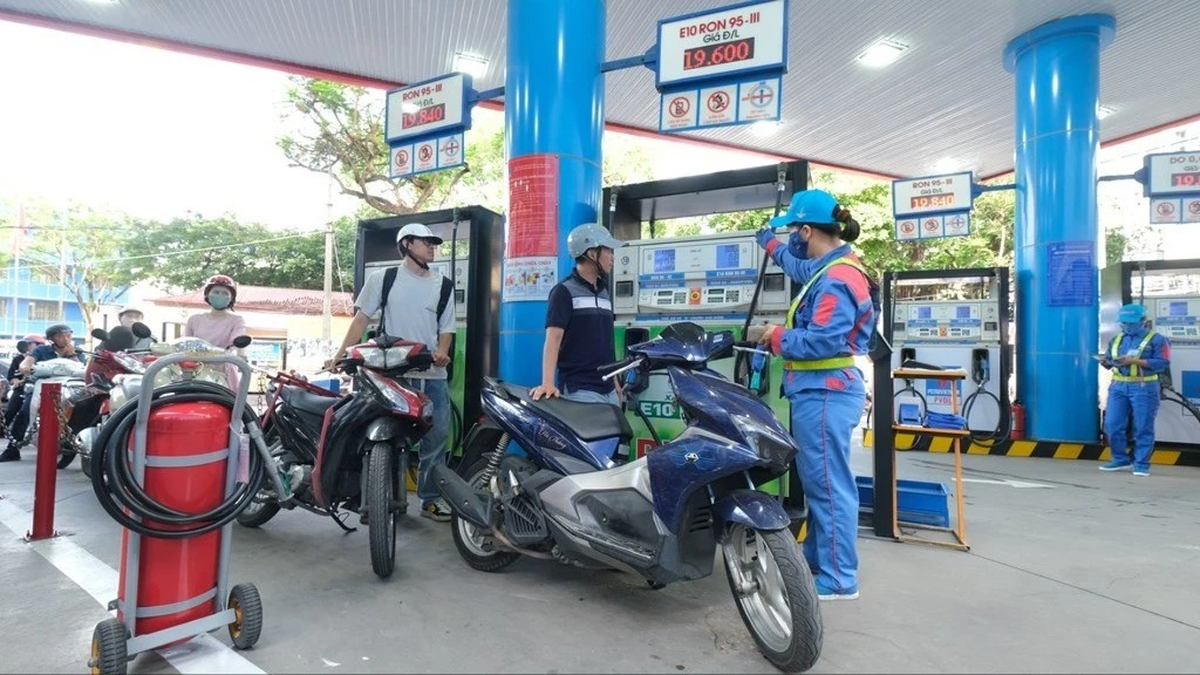



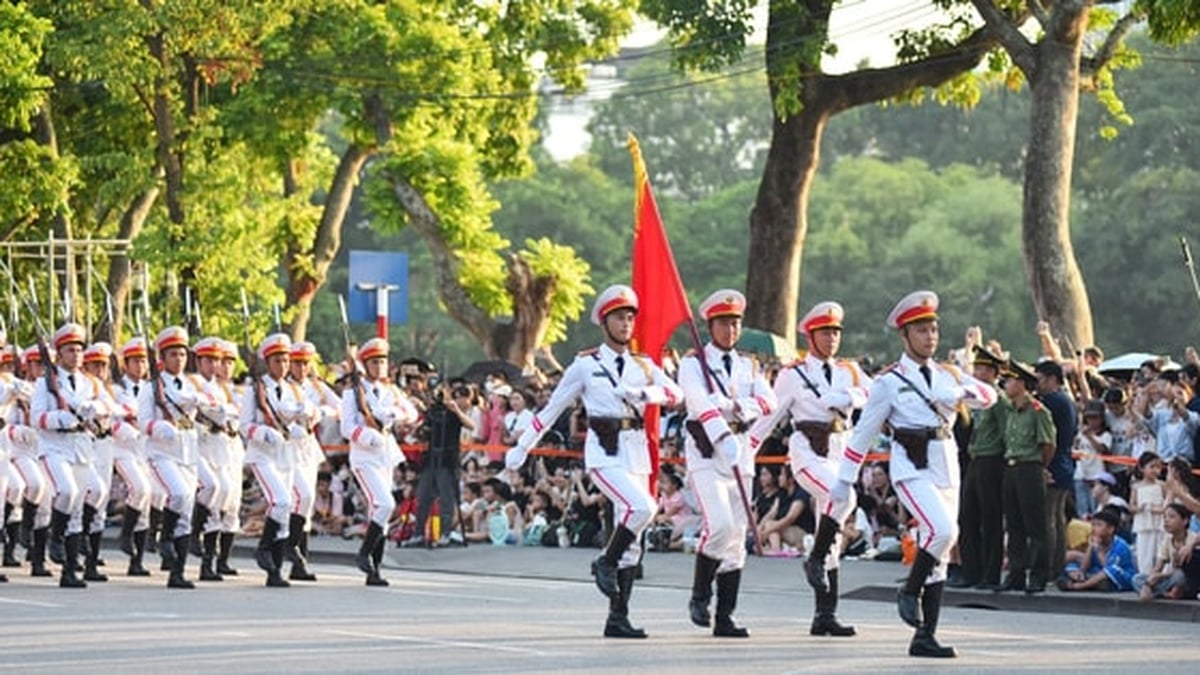
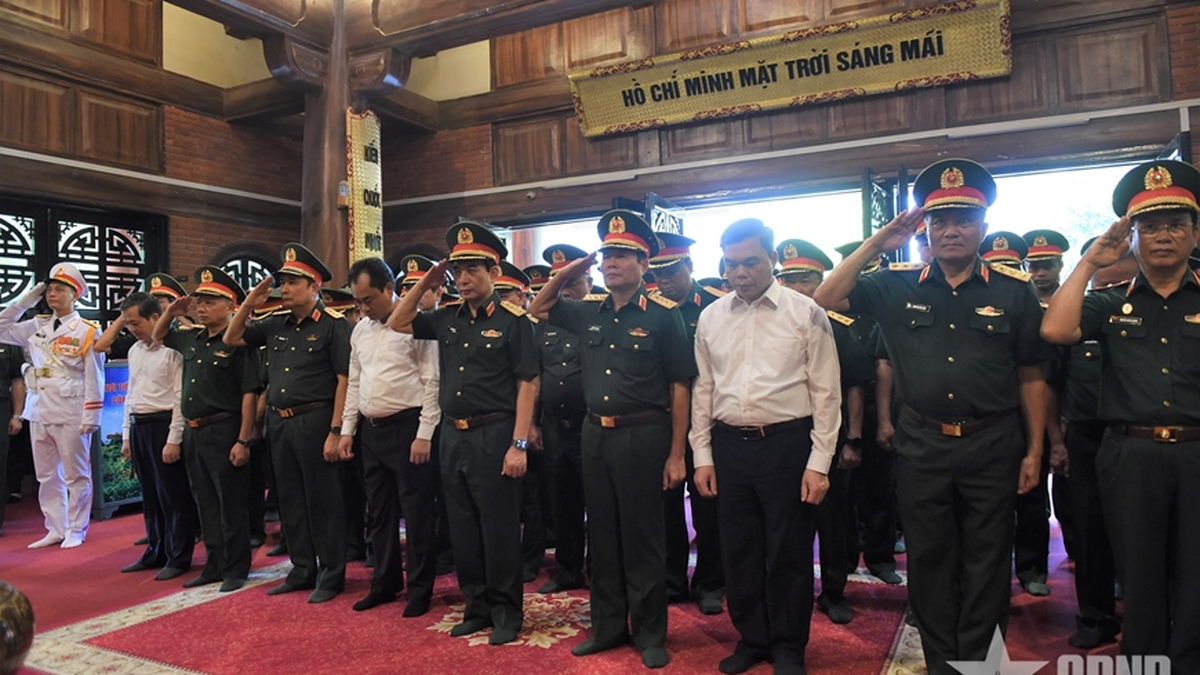


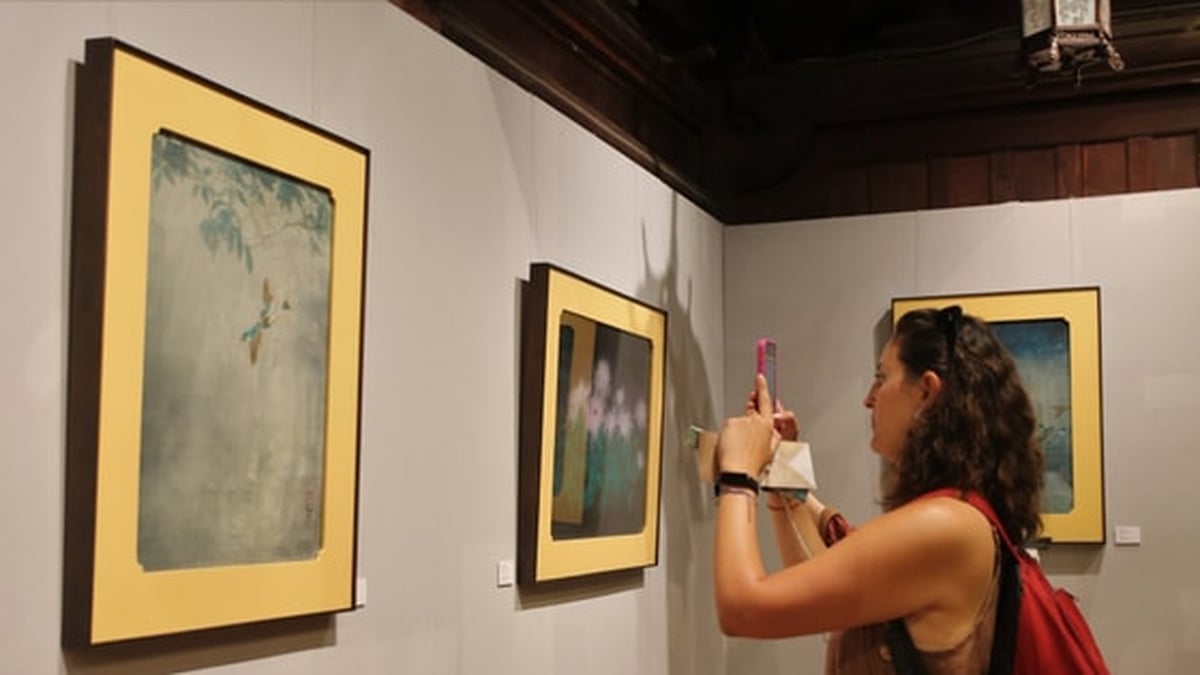





















































































Comment (0)